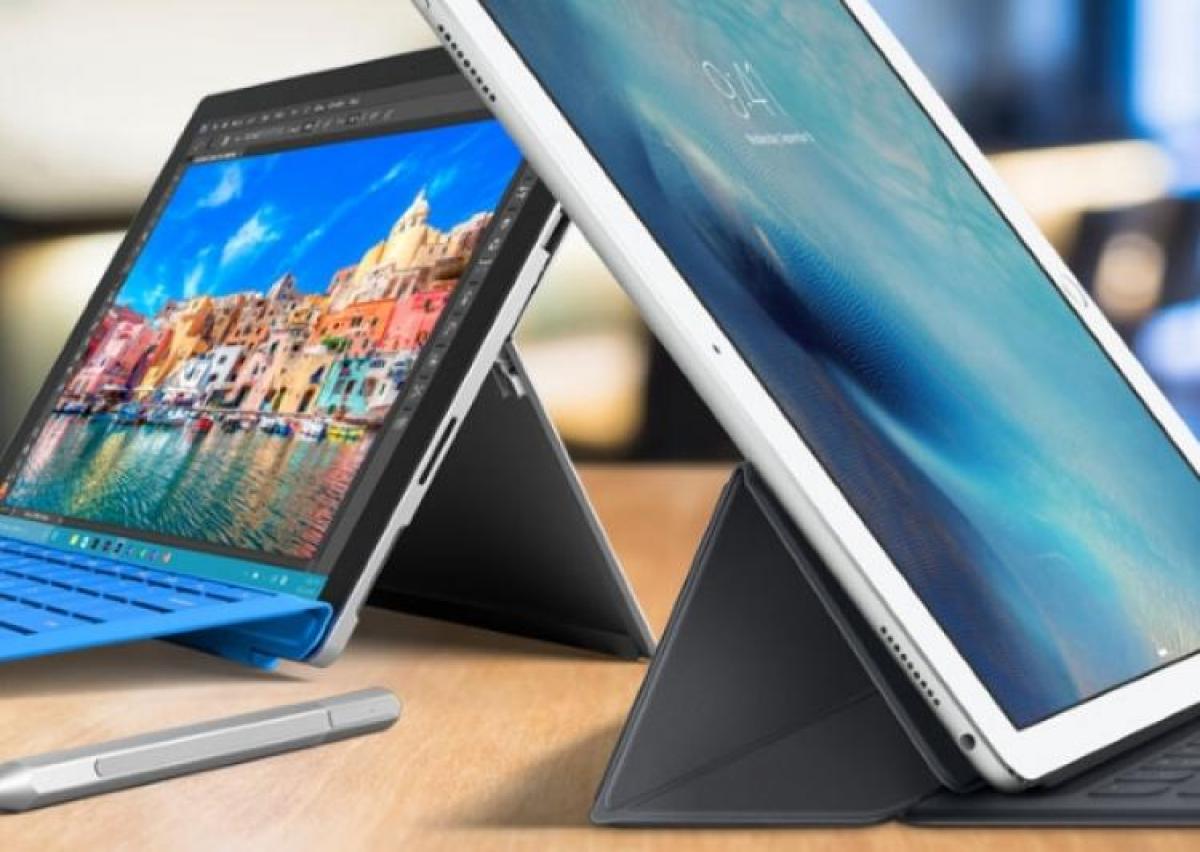Live
- GMR Airports Unveils AI-Powered Digital Twin Platform to Transform Airport Operations
- India poised to become leading maritime player: PM Modi
- Top Causes of Kidney Stones and How to Recognize Silent Symptoms
- India’s renewable energy capacity logs 14.2 pc growth at 213.7 GW
- Winter Session of Odisha Assembly adjourned sine die
- Biden calls Trump's tariff approach 'major mistake'
- After Drama Over Eknath Shinde’s Chief Minister Race, Maharashtra Cabinet Formation Faces New Tensions
- Egyptian FM, Blinken discuss recent developments in Syria
- Iran's supreme leader says Syria's developments result of US-Israeli 'plot'
- Elon Musk to Purchase $100 Million Luxury Mansion Next to Donald Trump's Mar-a-Lago, Report Reveals
Just In

Gone are the days when laptops were marketed as fastest, smartest, biggest or best on the list. Being skinny is the new buzzword and the global computer and laptop giant -- while re-jigging their notebook portfolios for the premium segment -- have joined the race to shed weight and go thin in recent months.
Gone are the days when laptops were marketed as fastest, smartest, biggest or best on the list. Being skinny is the new buzzword and the global computer and laptop giant -- while re-jigging their notebook portfolios for the premium segment -- have joined the race to shed weight and go thin in recent months.
So if you have deep pockets, opt for an Apple MacBook Pro, a HP Spectre or a Microsoft Surface Pro. All have gone thin to an extent that a "size zero" device looks a certainty soon.
Here we are.
Apple MacBook Pro 13 is 18 mm thick, weighs 1.58 kg (with 13.3 inch diagonal retina display) and can be purchased at nearly Rs.106,900 (base model) in India.
Touted as the world's thinnest notebook, HP Spectre is 10.4 mm thick, weighs 1.1 kg with 13.3-inch edge-to-edge display and costs $1,249 (arriving in India this June and local price is yet to be announced).
Microsoft's Surface Pro 4 (tablet-cum-laptop) weighs about 786 grams with 12.3-inch PixelSense touchscreen display and is 11.5 mm in thickness with type cover and 8.4 mm thin without type cover. The device starts from Rs.108,470 (base model).
This premium segment is buzzing with the word "thin" and according to experts, the new strategy may work wonders if prices also come down -- in realistic terms -- to attract new customers, especially in a developing country like India with a huge consumer base yearning for quality.
"No company like Microsoft will bring the price of its Rs.1.08 lakh Surface Pro 4 down to Rs.60,000. They may extend some offers like zero percent EMI and all, but no, they will not compromise with the quality at a time when they are selling high on the new 'thin' strategy," Vishal Tripathi, research director at global market consultancy firm Gartner, told IANS.
"Even if the prices of some high-end laptops or convertibles come down, there is no surety that the product will disrupt the market as of now. This premium market is not all about money; its about the use case," he added.
According to Gartner, in 2015, desktops and notebooks were expected to contribute 9.2 million units while 829,000 high-end ultra-mobile devices like Microsoft's Windows 8 Intel x86 products and Apple's MacBook Air were expected to be shipped.
Tripathi is wary of the fact that if anything comes down in the consumers' price bracket, the quality is surely set for nosedive. "People will not buy these high-end devices at low cost if they see quality going down. They will scout for alternate devices which fulfill their requirements even at a high cost," he told IANS.
The consumer market of PCs in India has not moved from 8-10 percent in terms of penetration since a long time. Enterprises in India are extending the life of the product at a time when everyone is looking for different revenue channels.
"There will not be an increase in sales until these high-end devices become affordable with quality intact. There has to be some realistic price adjustments. Currently, the prices are still northwards," he emphasised.
According to him, there is no doubt that the overall PC market is going to go down as mobility has emerged.
"People are still not buying premium laptops and if you are looking at it from India's prospective then, yes, the cost is playing a big role here," he added.
While the "HP Spectre is the thinnest notebook in the world and unlike the majority of other super-thin PCs on the market, this laptop doesn't compromise on power or features," said Anneliese Olson, vice president of personal systems business, HP Asia Pacific and Japan, at a recent HP event in Macau. Rightly said as this is one thing that is going to create the difference in the long run.
As the giants go ballistic over the arrival of the "thinnest laptop or convertible age", one thing is clear: If they compromise on quality while lowering the cost to capture a bigger pie of the market then that will come with a heavy price.
Soon, you can buy two dazzling ultra-portables -- Apple's 12-inch MacBook and Dell XPS 13 -- in India.
The chorus for the "thinnest" machines will only grow in the days to come and before the "thin" paves the way for the "super or ultra-thin detachable" age where these machines may appear like a plain A4 sheet paper resting on your workstation, soak in the experience.

© 2024 Hyderabad Media House Limited/The Hans India. All rights reserved. Powered by hocalwire.com







